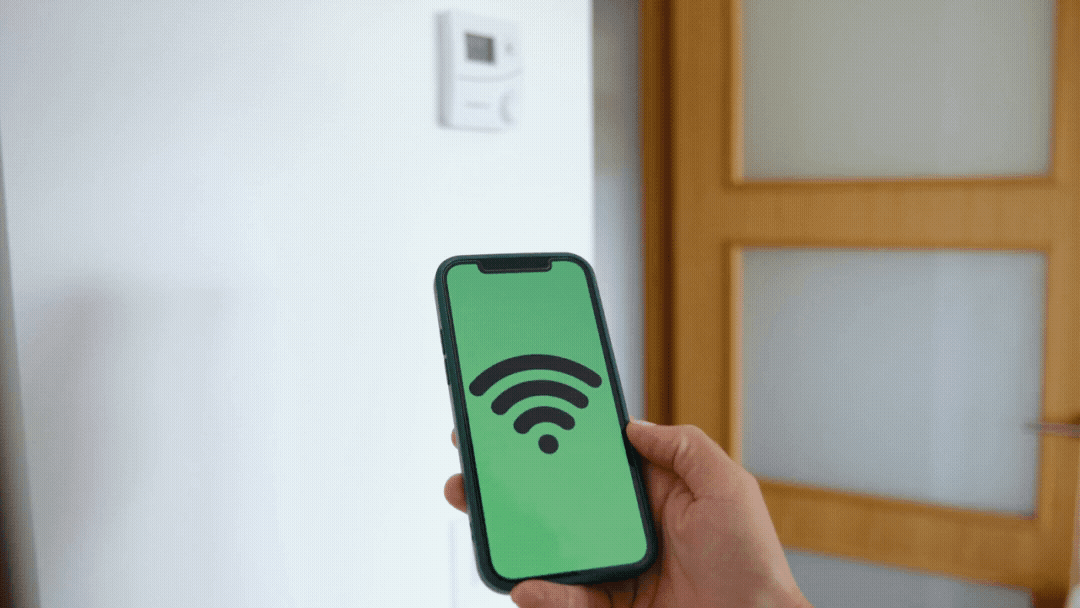In today’s fast-paced digital landscape, businesses demand Wi-Fi solutions that are not only reliable but also effortless to deploy and manage. Enter Zero-Touch Provisioning (ZTP)—a game-changing innovation in managed Wi-Fi solutions that eliminates manual configuration, reduces deployment time, and ensures seamless scalability.
But what exactly is Zero-Touch Provisioning, and why is it revolutionizing the way enterprises handle their wireless networks? In this article, we’ll explore how ZTP works, its benefits, real-world applications, and why it’s a must-have for modern businesses.
What Is Zero-Touch Provisioning (ZTP)?
Zero-Touch Provisioning is an automated network configuration process that allows Wi-Fi devices to be deployed without manual intervention. Once a device is powered on and connected, it automatically downloads its configuration from a centralized management system, enabling plug-and-play deployment at scale.
This technology is particularly crucial in managed Wi-Fi services, where IT teams oversee hundreds or even thousands of access points (APs) across multiple locations. Instead of manually configuring each device, ZTP ensures that new hardware is instantly operational—saving time, reducing human error, and cutting operational costs.
How Does Zero-Touch Provisioning Work?
The ZTP process typically follows these steps:
- Device Authentication – When a new Wi-Fi device (e.g., an access point) is connected to the network, it identifies itself to a provisioning server (often via DHCP, DNS, or cloud-based registration).
- Configuration Download – The server verifies the device and pushes the appropriate configuration profile based on predefined policies.
- Automatic Deployment – The device applies the settings and connects to the network without requiring manual input.
- Centralized Management – IT administrators monitor and manage all devices through a single dashboard, ensuring consistency and security.
This seamless automation is powered by protocols like TR-069, DHCP options, or cloud-based controllers, making ZTP a cornerstone of modern managed Wi-Fi solutions.
Key Benefits of Zero-Touch Provisioning in Managed Wi-Fi
1. Faster Deployments at Scale
Manual Wi-Fi setups are time-consuming, especially for enterprises with distributed locations. ZTP enables mass deployment in minutes, whether it’s for a retail chain, university campus, or multi-site enterprise.
2. Reduced IT Overhead & Costs
By eliminating on-site configuration, businesses cut down on travel expenses, technician hours, and human errors. IT teams can focus on strategic tasks rather than repetitive setups.
3. Enhanced Security & Compliance
ZTP ensures that every device adheres to standardized security policies, reducing misconfigurations that could lead to vulnerabilities. Automatic firmware updates further strengthen network protection.
4. Simplified Remote Management
With cloud-managed Wi-Fi, IT administrators can remotely troubleshoot, update, and optimize networks without physical access—ideal for global businesses.
5. Future-Proof Scalability
As businesses grow, ZTP allows seamless integration of new devices, ensuring networks expand effortlessly without bottlenecks.
Real-World Use Cases of Zero-Touch Provisioning
1. Retail & Hospitality
Chain stores and hotels deploy hundreds of APs across locations. ZTP ensures consistent Wi-Fi performance without sending technicians to every site.
2. Enterprise & Remote Offices
Companies with branch offices leverage ZTP to maintain uniform network policies, security, and performance metrics across all locations.
3. Healthcare & Education
Hospitals and universities require high-density, secure Wi-Fi. ZTP enables rapid deployment while maintaining compliance with strict regulations.
4. Smart Cities & IoT Deployments
Municipal Wi-Fi and IoT networks rely on ZTP to automate large-scale rollouts, ensuring seamless connectivity for smart devices.
Challenges & Considerations
While ZTP offers immense advantages, businesses must consider:
- Initial Setup Complexity – Properly configuring the provisioning server requires expertise.
- Vendor Compatibility – Not all Wi-Fi hardware supports ZTP; choosing the right ecosystem is crucial.
- Security Risks – If provisioning servers are compromised, attackers could deploy malicious configurations. Strong authentication (e.g., certificates) is essential.
The Future of Zero-Touch Provisioning
As AI-driven networking and 5G convergence evolve, ZTP will become even smarter. Predictive analytics may soon auto-optimize Wi-Fi settings based on usage patterns, further reducing manual oversight.
Final Thoughts: Is ZTP Right for Your Business?
If your organization manages large-scale Wi-Fi deployments, Zero-Touch Provisioning is no longer optional—it’s a necessity. By automating device onboarding, reducing downtime, and enhancing security, ZTP empowers businesses to deliver faster, more reliable wireless experiences with minimal effort.
Adopting ZTP within your managed Wi-Fi solution ensures you stay ahead in an increasingly connected world—where speed, efficiency, and scalability define success.
